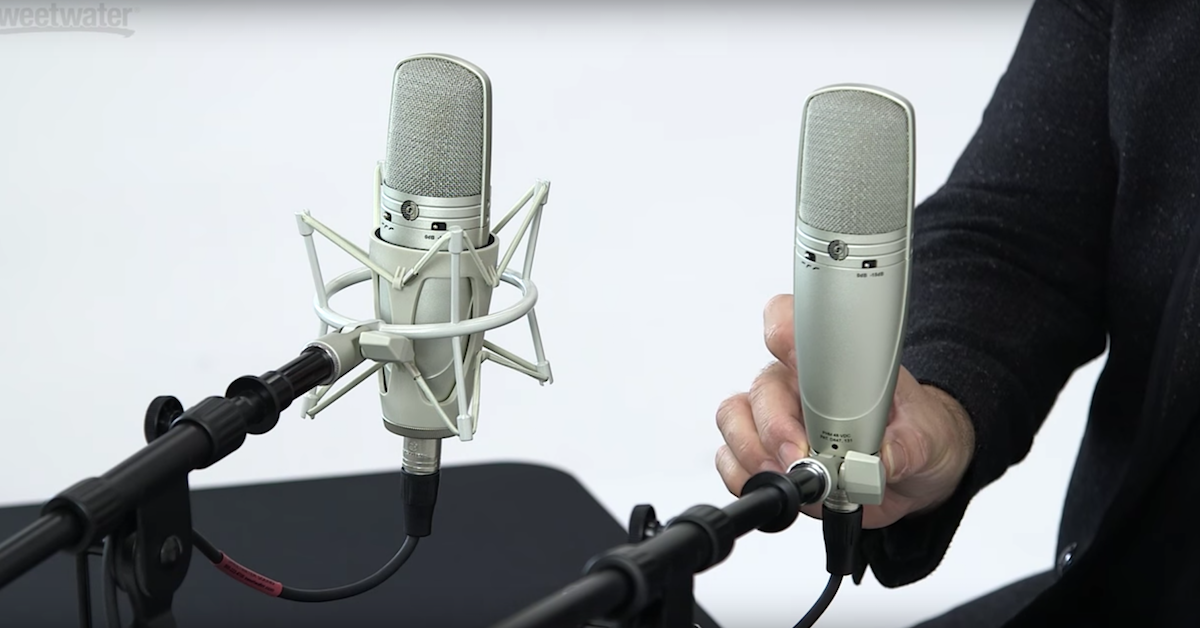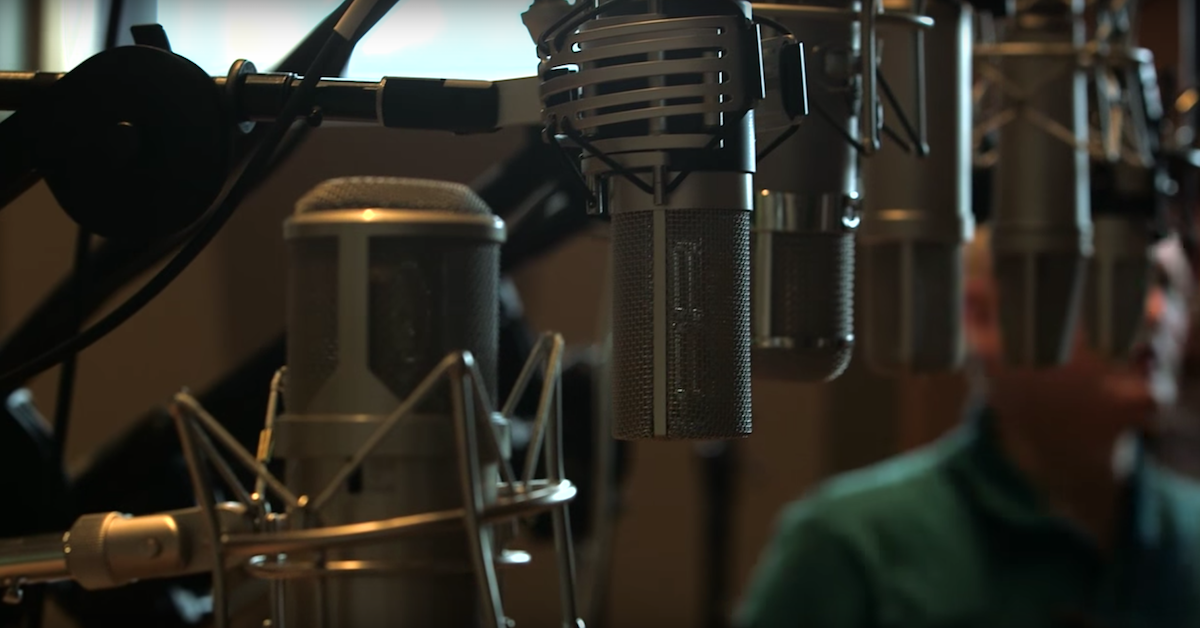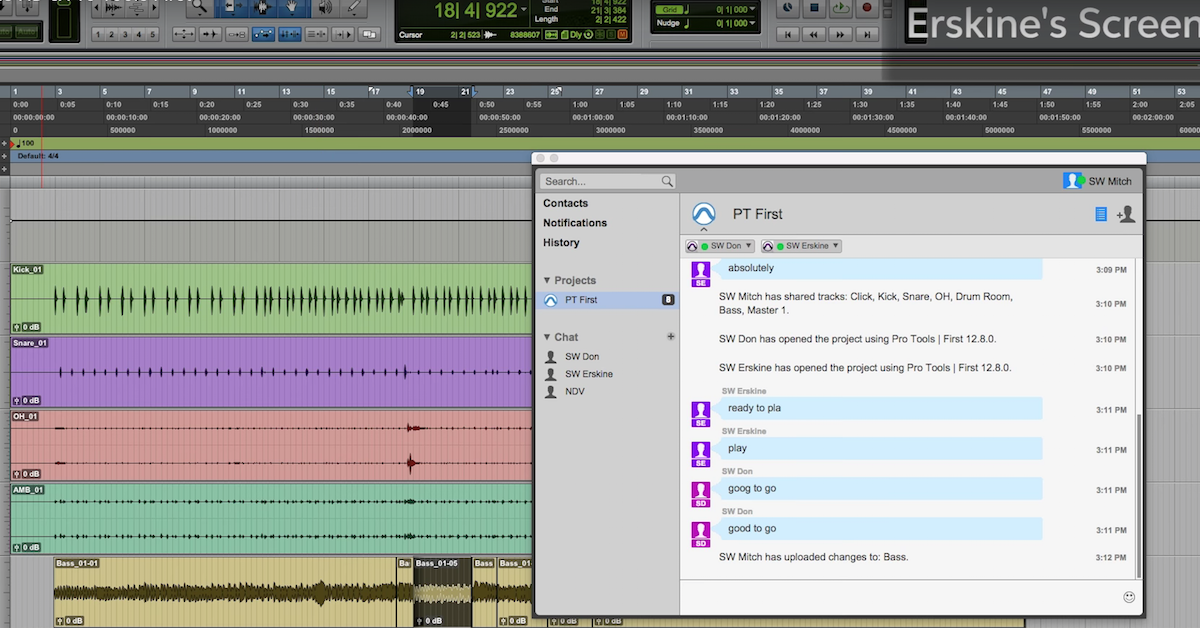What is a Pop Filter, and Why Should I Care?
One of the challenges we face when recording vocals is controlling plosives. Plosives are “p” and “b” sounds that result in a puff of air that comes across as a big thump in the microphone signal. Those puffs are difficult to remove after the fact, you can’t equalize them out, for example.
The best solution for dealing with plosives is to use a pop filter. A pop filter is a screen made of fabric, in this case, made of metal, that diffuses that puff of air, and prevents it from coming through and hitting the diaphragm of the microphone.
So let’s check out how well a pop filter can control plosives when we’re recording vocals. If I step up to the microphone and say “p” and “b” and get those plosives into the diaphragm, you’ll hear that thump.
[plosives]
Now I’ll install the pop filter.
[microphone with pop filter]
As you can hear, recording with a pop filter dramatically reduces the effects of plosives in our signal. We don’t get those big thumps in the bottom end, we don’t have to worry about filtering or EQing those out, we just get a clean, pristine vocal sound.






